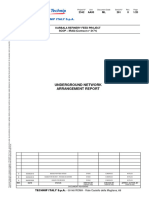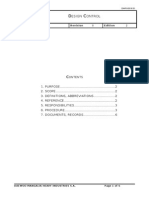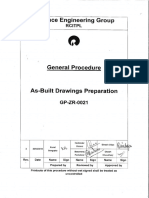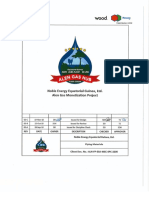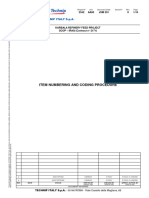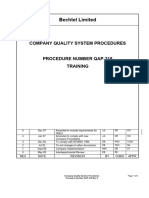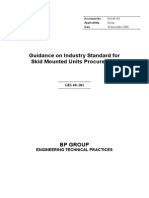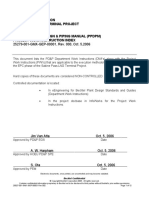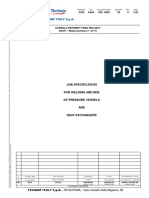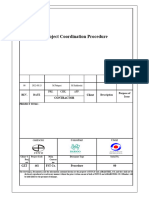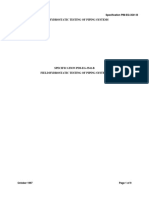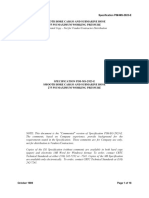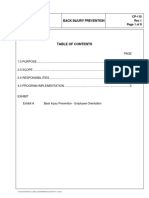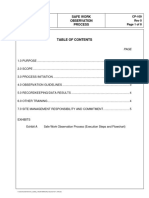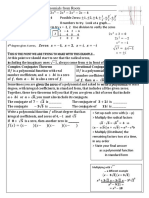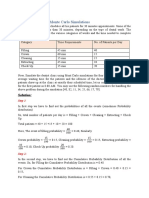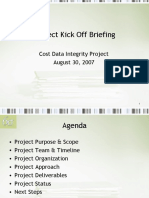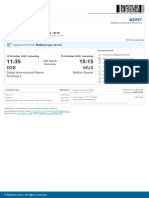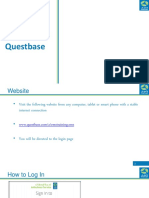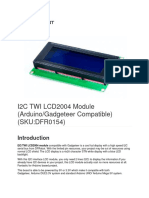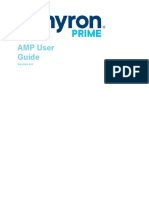0% found this document useful (0 votes)
204 views7 pages2 - Underground Sewers and Piping
This document provides procedures for installing underground sewers and piping. It outlines responsibilities for various roles in planning, controlling, inspecting, and testing installation. It describes requirements for receiving, handling, and storing materials; trenching; installing pipe; testing installed pipe; and backfilling. Attachments include a form for recording coating defects found during testing and a checklist of field inspection items.
Uploaded by
YusufCopyright
© © All Rights Reserved
We take content rights seriously. If you suspect this is your content, claim it here.
Available Formats
Download as DOC, PDF, TXT or read online on Scribd
0% found this document useful (0 votes)
204 views7 pages2 - Underground Sewers and Piping
This document provides procedures for installing underground sewers and piping. It outlines responsibilities for various roles in planning, controlling, inspecting, and testing installation. It describes requirements for receiving, handling, and storing materials; trenching; installing pipe; testing installed pipe; and backfilling. Attachments include a form for recording coating defects found during testing and a checklist of field inspection items.
Uploaded by
YusufCopyright
© © All Rights Reserved
We take content rights seriously. If you suspect this is your content, claim it here.
Available Formats
Download as DOC, PDF, TXT or read online on Scribd
/ 7



